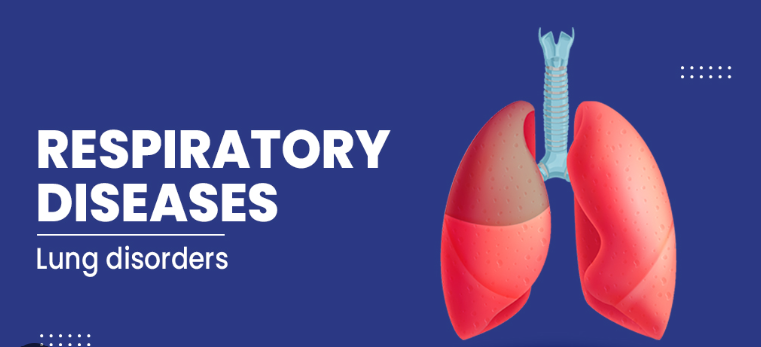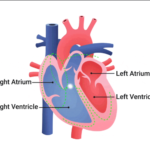Learn about the symptoms, causes, and treatment options in the Respiratory Disease Condition Guide at U.S. News and World Report.
Most people don’t think twice about breathing easily. When your lungs are in good health, they easily expand into your chest cavity during inhalation, allowing your blood to carry oxygen throughout your body. Your lungs contract with each exhale, releasing carbon dioxide, a waste product from the respiratory system for respiratory disease.
Your breathing automatically adjusts to meet the increased demand on your heart and lungs when you sprint to catch the bus or ascend a steep flight of stairs. The reason you might feel a little out of breath is that healthy lungs have a breathing reserve, which is extra air volume you can use after a typical exhalation. Conversely, dyspnea, another name for shortness of breath, is a respiratory disease hallmark that is characterized by an intense sensation of tightness in the chest, difficulty breathing, and “air hunger.”

Anatomy
The windpipe, or trachea, is part of the lower respiratory system. It divides into two bronchial tubes. The bronchial tubes split into several smaller branches, known as bronchioles, inside each lung. The tiny air sacs, known as alveoli, emerge from these branching, constricted areas. The alveoli are encircled by tiny blood vessels known as capillaries. These capillaries allow carbon dioxide and oxygen to move back and forth between the bloodstream and the lungs. In addition to removing carbon dioxide from the body through exhalation and supplying oxygen to the blood, the respiratory system shields the body from irritants and dangerous substances.
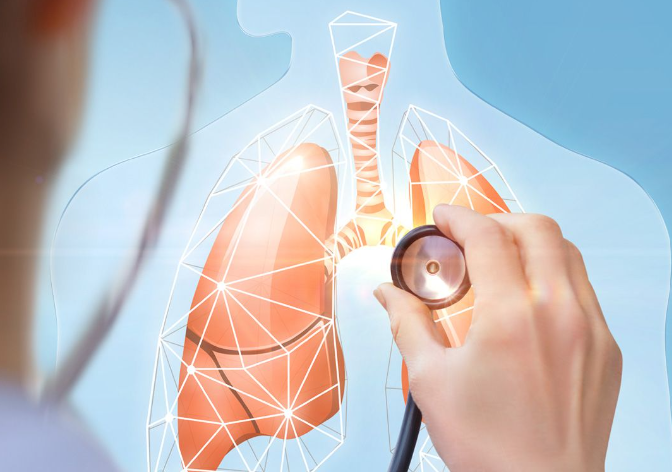
Types of respiratory disease
Breathing difficulties can be caused by a variety of respiratory conditions, including infectious and chronic conditions. Lung diseases include cancer, pneumonia, and other inflammatory conditions. There are two primary categories of chronic lung diseases: restrictive and obstructive. Respiratory infections are more common in people with compromised immune systems and lungs. Some people suffer from several lung disorders.
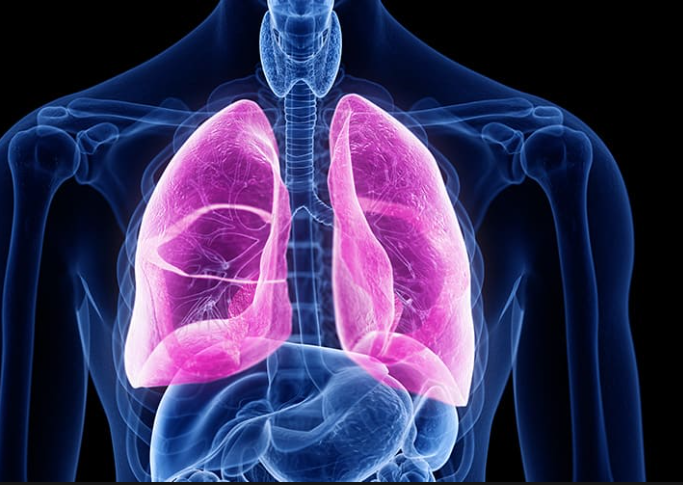
Causes
Certain factors are known to contribute to respiratory disease.
- Smoking: Smoking aggravates asthma and increases the risk of asthma attacks. It is also a major cause of lung cancer and COPD. Both adult and pediatric cases of upper respiratory infections and asthma attacks are increased by secondhand smoke.
- Environmental: Pollen and other environmental triggers, such as air pollution, increase the risk of asthma attacks.
- Autoimmune diseases: Rheumatoid arthritis and scleroderma are two immune-compromising diseases that can cause pulmonary fibrosis. Skin and connective tissue hardening are symptoms of scleroderma. The joints and, occasionally, other body parts are impacted by rheumatoid arthritis.
- Genetic: Inherited genetic defects are the cause of both AATD and cystic fibrosis.
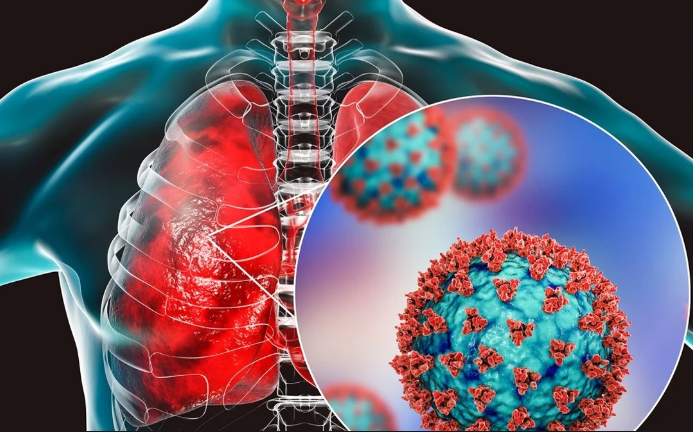
Symptoms
Symptoms can vary by type of respiratory condition, but some symptoms are common in several disorders.
- Breathing difficulty when moving.
- Persistent cough.
- Mucus-producing wet cough (COPD, cystic fibrosis).
- Cough that is dry and ineffective (pulmonary fibrosis).
- Tightness in the chest.
- Gasping for air.
- Shallow, rapid breathing.
- A harsh voice.
- Persistent respiratory infections.
- Weary.
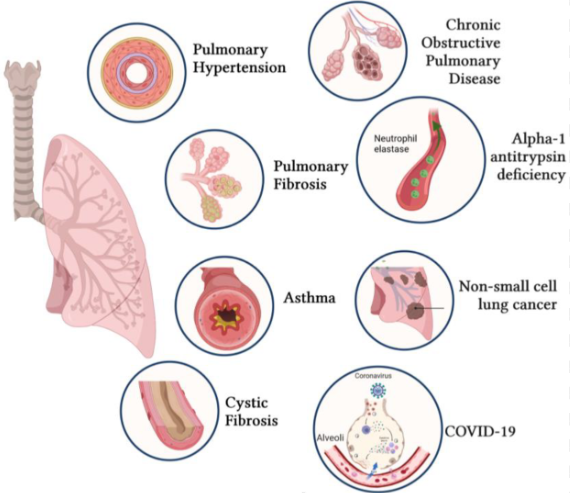
Diagnosis
A correct diagnosis is essential to treating respiratory disease promptly and appropriately. Diagnosis can be straightforward; however, misdiagnosis, underdiagnosis, and delayed diagnosis can occur due to the complexity of the disease and overlapping symptoms. In 2021, the Global Initiative for Chronic Obstructive Lung Disease updated its guidelines regarding the diagnosis and treatment of respiratory disease. Physicians typically diagnose COPD using a combination of spirometry and medical history, which includes risk factors like smoking and occupational or environmental exposures. When assessing symptoms, it’s important to consider other possible diagnoses, such as COVID-19, because symptoms may appear similar.
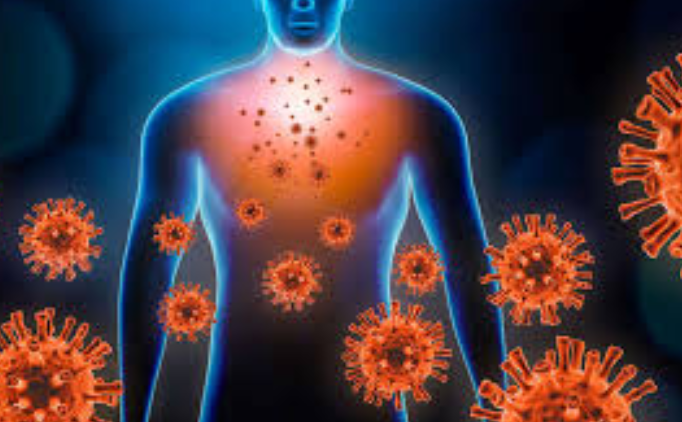
Treatments
Depending on your respiratory condition, medications can include an assortment of inhalers, oral drugs, and intravenous treatments. Your doctor should explain why specific medications are prescribed and their potential benefits and side effects. Some examples include:
- Asthma
- COPD
- Idiopathic pulmonary fibrosis
- Alpha-1 antitrypsin deficiency
- Cystic fibrosis
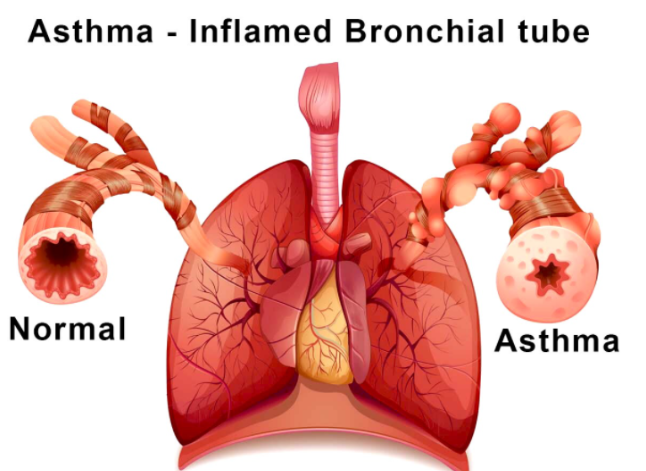
Also read-Unveiling The Marvels Of Biotin: A Comprehensive Guide To Radiant Hair And Nails
images source: Google
Disclaimer: The opinions and suggestions expressed in this article are solely those of the individual analysts. These are not the opinions of HNN. For more, please consult with your doctor







